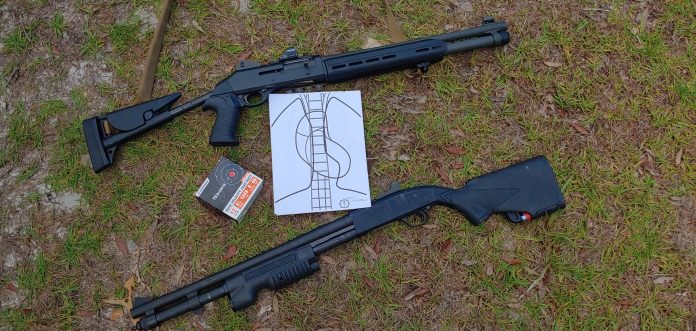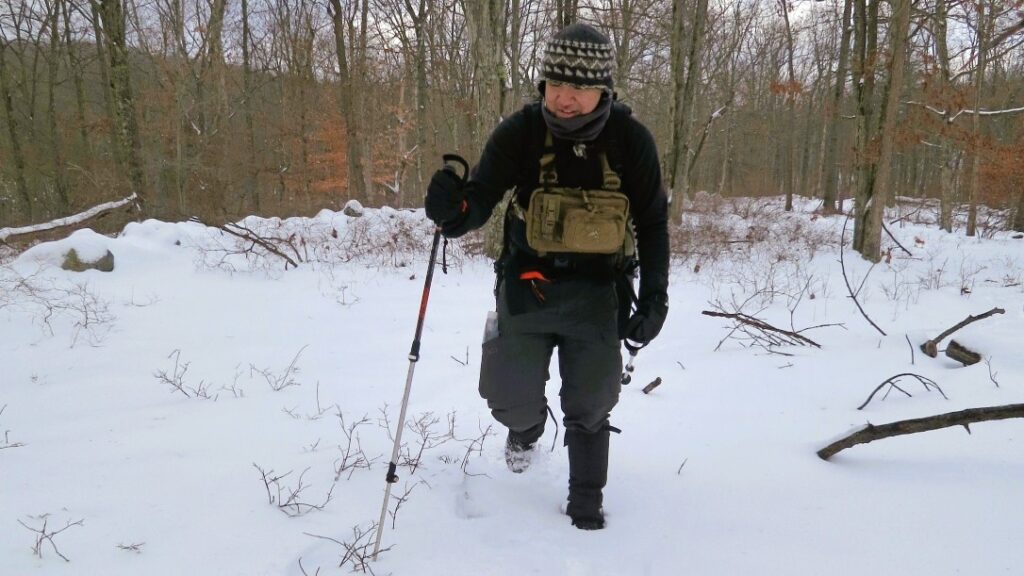Continued From Part 1
Title Image: Beretta 92 Elite LTT 10th Anniversary Edition with a dedicated 6 MOA Holosun EPS red-dot sight. Only 100 of these pistols were manufactured during 2024 to commemorate Langdon Tactical’s 10th year in business.
Pretty Damn Close
No doubt, the question in some readers’ minds may arise—which one is the one to get?
Advertisement — Continue Reading Below
After giving it some thought, I don’t think that choosing either the full-size Holosun EPS or the EPS Carry would be incorrect. In many ways, it’s no different than picking a Glock 19 vs a Glock 17 or vice-versa. Whichever of those two 9mm Glocks someone picks, they’re not really wrong.
After all, the Glock 17 is only half an inch longer at the slide and a half inch longer at the bottom of its grip compared to the Glock 19. Therefore, the size difference between these two double-stack Glocks is marginal in the same way the full-size EPS and the EPS Carry’s window sizes are marginal.
Maybe the best answer I can provide is to stick with the EPS Carry for smaller pistols and the full-size Holosun EPS for “normal” size pistols. I just don’t think it matters all too much. In fact, to prove it to myself, I took the EPS Carry off the 327 Defender TORO and mounted it on the Canik TTI Combat—a full-size 9mm pistol.
Advertisement — Continue Reading Below
I brought the Canik and the re-mounted EPS Carry with me to the range on the same day I went to shoot the Beretta 92 Elite LTT 10th Anniversary pistol for its full review. I just wanted to prove to myself that the smaller dot wasn’t that big of a hindrance.
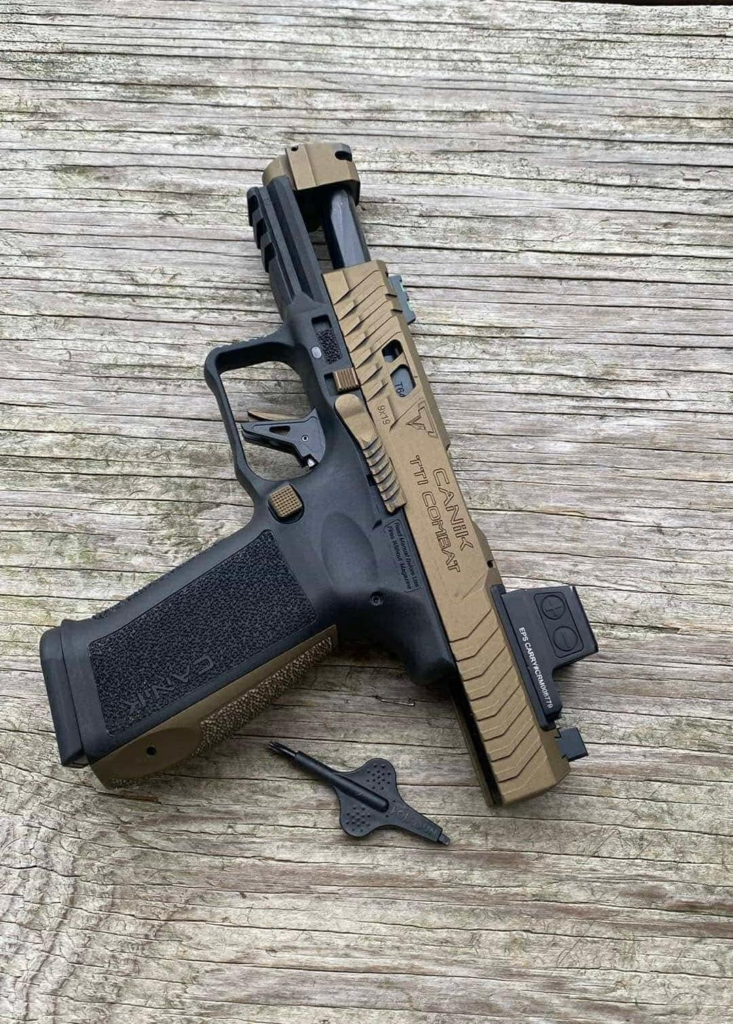
Holosun EPS Carry On A Canik TTI Combat: A Case Study
I spent a good portion of 2024 shooting with the Trijicon RCR, mostly on my Walther PDP Steel Frame. Besides at least one match, I shot this pistol both in Green Ops’ AAPM and with Hunter Freeland’s classes.
Advertisement — Continue Reading Below
At the end of Hunter’s course, I did concede that I tried my MSP Black Belt patch attempts with the bigger windowed Holosun 507 Comp sight. I have some opinions about the “feel” of the Trijicon RCR, but truthfully, I got through three days of pistol class time without the RCR being a major distraction.
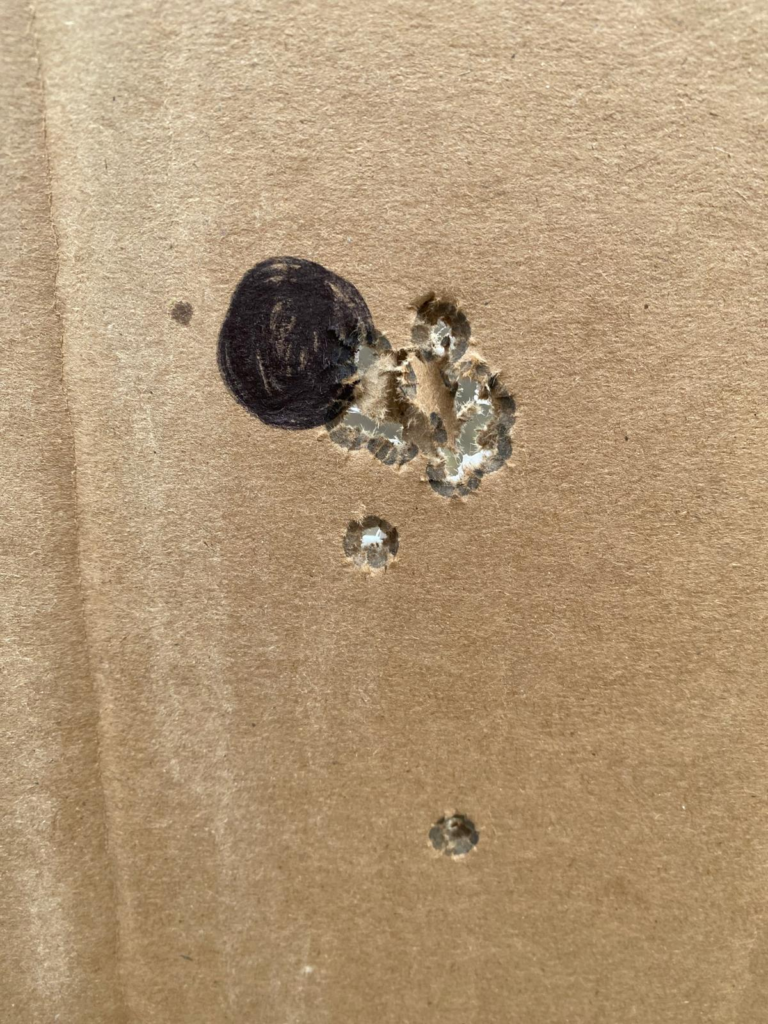
And this ties back to the Holosun EPS Carry: both the Trijcon RCR and the Holosun EPS Carry actually have very similar front window sizes.
Advertisement — Continue Reading Below
If I had no serious issues shooting the full-size Walther and RCR earlier this spring, then surely I wouldn’t have any issues shooting the full-size Canik TTI Combat with the EPS Carry.
Does Size Matter?
After zeroing the Canik with the EPS Carry at 10 yards, I shot another 50-60 rounds to confirm my suspicions (that the smaller reflex sight on the full-size pistol was just fine). This additional shooting consisted mainly of doubles drills and a few slow-fire strings at a ⅞ inch paster at 10 yards.
At three pounds, the Canik TTI Combat’s trigger may be a tad light for carry, but the Holosun EPS Carry fits beautifully in its slide, whose factory pocket is milled out for Shield RMSc or Holosun-K sized footprints.
Advertisement — Continue Reading Below
It’s also worth pointing out that when used with the included Canik RMSc polymer bushings (modified to fit a Holosun-K), the EPS Carry easily co-witnessed with the TTI Combat’s included fiber optic iron sights.
Until another review or project comes along, I think I’ll leave the Holosun EPS Carry on this pistol and shoot it some more.
The Takeaway
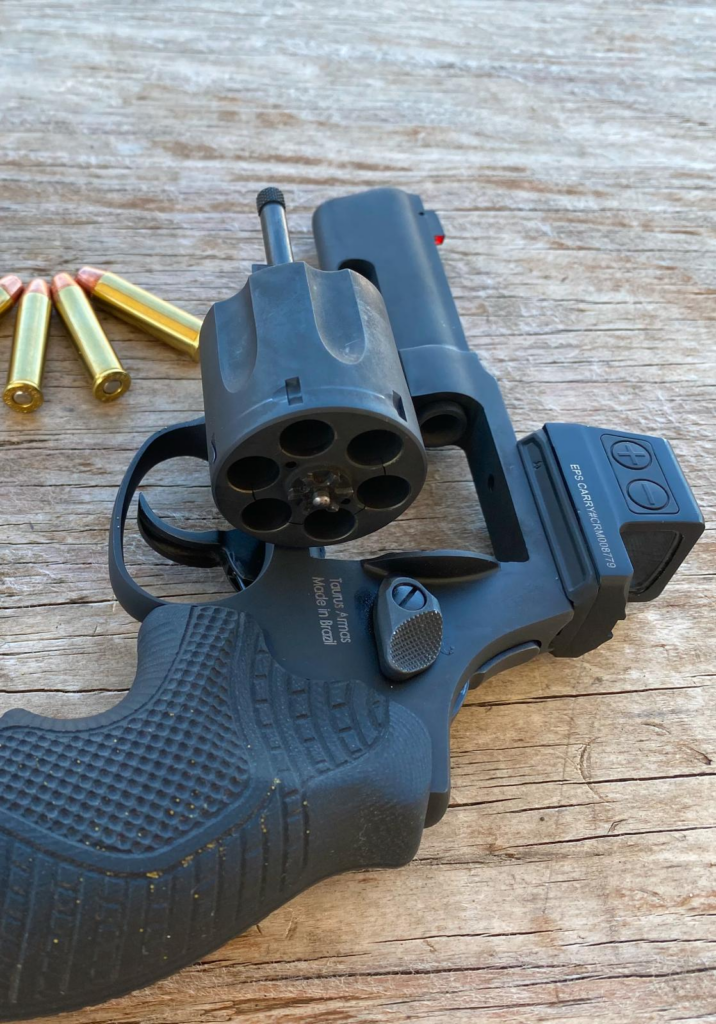
Advertisement — Continue Reading Below
The Holosun EPS and EPS Carry are unique enclosed-emitter reflex sights due to the fact that they use a pair of vertical screws instead of a single horizontal clamping screw to secure themselves to an optics plate or slide surface.
The pair of screws arrangement allows both the Holosun EPS and the EPS Carry to get away with having a very low deck height. This, in turn, helps the sights keep not only a very low profile when mounted on a pistol, but it makes them extremely friendly to co-witnessing with iron sights too.
Though the EPS Carry is the smaller of the two, I’ve found that the small difference in size doesn’t incur a large performance penalty. Especially when shooters are well-adjusted to shooting with a good target-focus technique (and not looking into the window directly).
Advertisement — Continue Reading Below
As I saw first-hand shooting that Beretta 92 Elite LTT with the EPS RDO set-up, I found that the slightly bigger full-size EPS sight leaves nothing to be desired, even amongst other standard “duty-sized” red-dots. It benefits from that low deck height and a rectangular wide-screen window (think Steiner MPS or Leupold DeltaPoint Pro).
Final Thoughts
As I experienced with the Canik TTI Combat, the EPS Carry wasn’t a drawback on a full-size pistol either. The EPS line might be one of Holosun’s most important general-purpose jack-of-all-trade product lines.
Special thanks to Big Tex Ordnance for the long-term loan of the Holosun EPS Carry that’s featured in this work.
Advertisement — Continue Reading Below
For more information, please visit Holosun.com.


